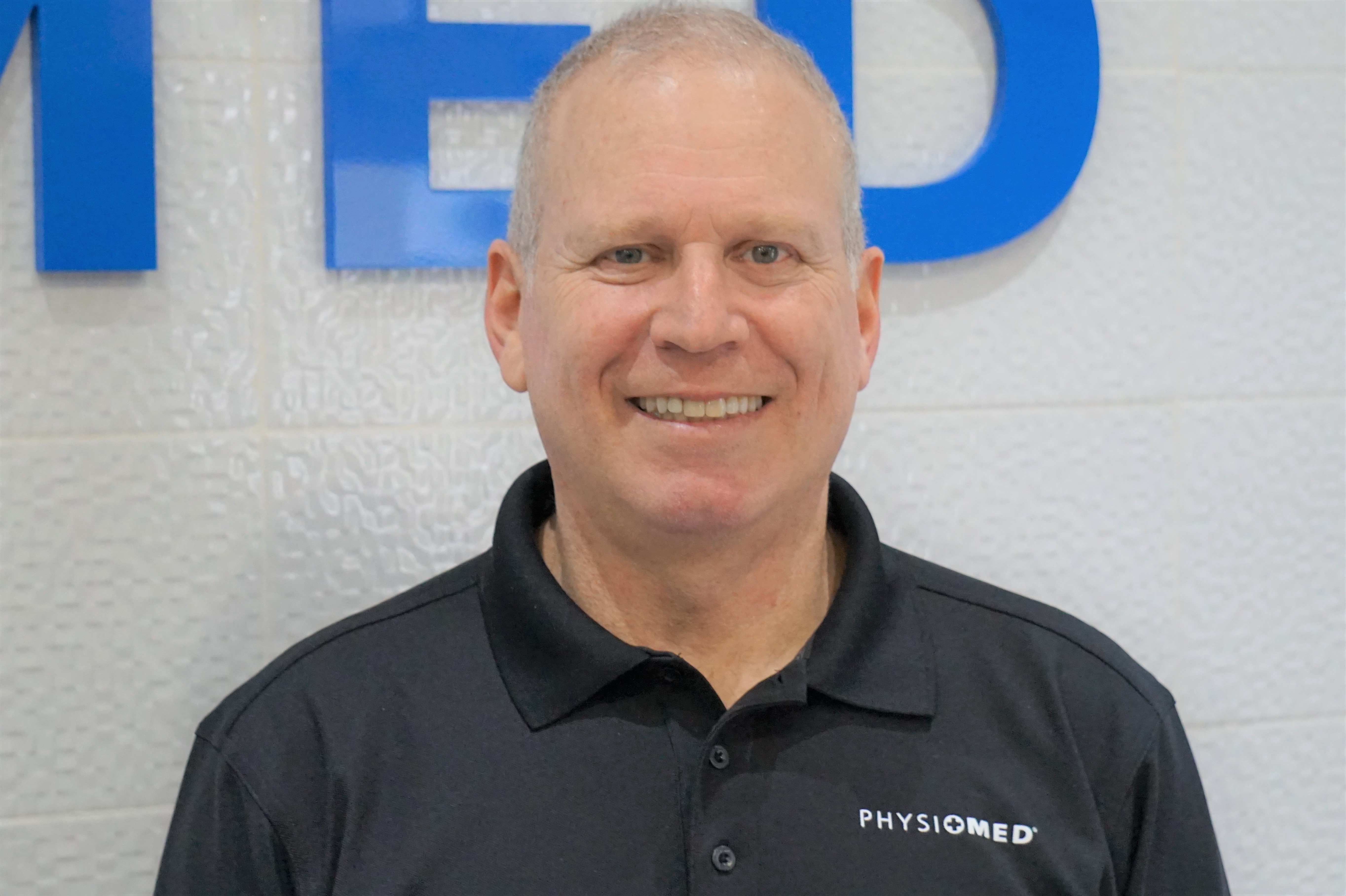
It’s that time of year, when we can wake up to find our sidewalks and driveways covered in inches or feet of the white stuff. The thought of shoveling that snow strikes fear in the hearts of many, because it is not only a lot of physical work to clear snow, it can be quite a strain on your back, legs, and arms.
Here are some suggestions for safe snow shoveling, even if you aren’t in Olympic physical condition:
- Take a few minutes to warm up and stretch. Stretch your back, hamstrings, and shoulders to help prevent injury and ease soreness later on.
- Do not bend from your back, but rather from your hips and knees. Think about how you position yourself when you squat or sit down in a chair. You lean your upper body forward from the hips, bend the knees, and balance your weight over the feet. Your butt reaches back towards the chair or the ground. This is exactly how you want to position yourself with snow shoveling.
- Do not hold your breath. When we work hard there is sometimes the temptation to hold your breath, but this reduces the efficiency of your respiratory system – and you need all the oxygen you can get to effectively shovel snow.
- Do not reach too far. Be sure to work with the snow that is closest to you. As you reach further out, you add strain to your lower back.
- Keep your spine in a neutral position. Make an effort not to arch or bend beyond your mid-range comfort zone. You’ve probably seen people shoveling snow with a rounded back, and this is very hard on your body. Contract your abdominal muscles as you shovel to help keep your spine in proper position. Avoid twisting and keep your shoulders over your hips at all times.
- Lift from the legs. Just as when you bend your knees to life a heavy box, do the same with snow to prevent overload on the back and arms.
- Take frequent rest breaks and stay hydrated. In the cold we often don’t sense how much we need fluids. Drink more water than you think you need – your body will thank you.
Other options include using a snowblower or hiring someone to shovel snow for you. If you have back problems or pre-existing health conditions that might preclude your ability to shovel snow safely, don’t be a hero – get some help!
If you do feal any soreness from this activity or any others, contact your healthcare provider at Physiomed, and book your assessement to make sure things don’t get worse (as they always tend to do)!










